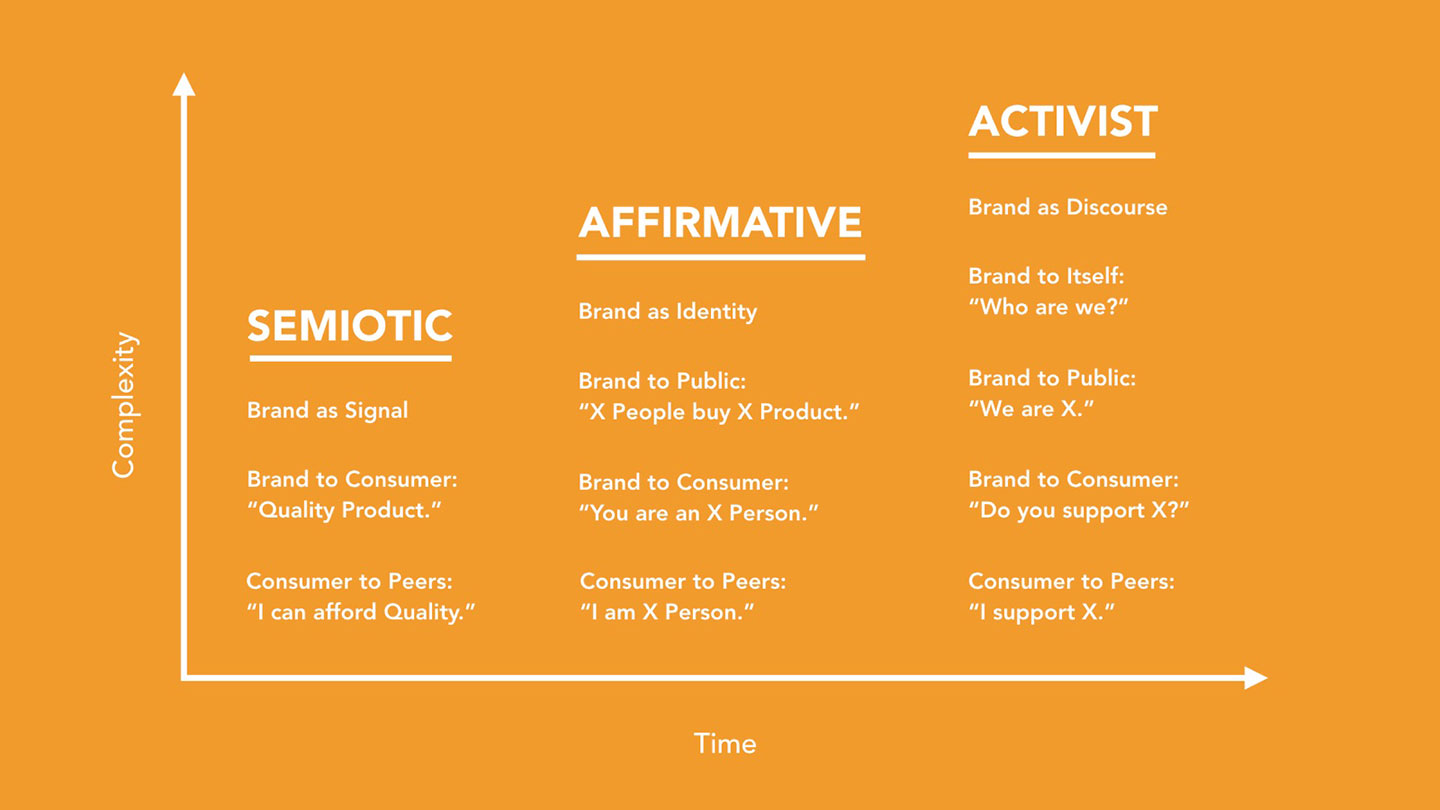Notes
1
Hal Foster, The Return of the Real: The Avant-Garde at the End of the Century (Cambridge, MA: MIT Press, 1996), 198.
2
Dimes and Mission Chinese Food are fashionable eateries on the Lower East Side, New York.
All images unless otherwise noted are courtesy of the author.
© 2017 e-flux and the author
